Wasteful lawns are hurting California’s environment
Alternatives must be found to prepare for future drought
During times of hardship, individual luxuries must often be sacrificed for the good of society. When it comes to a resource as necessary and scarce as water in California, we must be especially careful. By cutting down on frivolous water usage, we can better prepare California for future droughts and environmental crises.
In California, the threat of drought is always looming. Although we have experienced water shortage issues in the past, they have worsened in recent years, as 95% of California is currently experiencing drought, according to the Washington Post.
The consequences of drought are devastating. We need water to grow our food and generate our electricity, as well as to maintain the stability of our ecosystems, according to the United States Geological Survey. When we waste water, we take crucial supplies away from wildlife and the populace.

(Photo courtesy of Allen Outdoor Solutions)
Unfortunately, the behavior of Californians does not reflect this urgency. Many previous water saving efforts have focused on usage reduction inside the home. However, much of our water usage actually takes place outside, in our backyards and lawns. Half of California’s residential water supplies, or 3 million acre-feet of water, is used for outdoor irrigation, such as lawns, according to the Los Angeles Times. Instead of using water for lawns, we could conserve it in times of drought, when it is needed.
Many claim that lawns help the environment by absorbing carbon dioxide from the atmosphere. Although this is true in some cases, the effort that many homeowners put into maintaining their lawns – through mowing, fertilizing, or using sprinklers — actually emits more carbon dioxide than their lawns absorb, according to CNBC. In short, while lawns themselves can be helpful, the work needed to sustain them does more damage than good.
We can do our part for the environment and ourselves by thinking outside the box. Experts recommend partially replacing lawns with mulch and cultivating plants native to California, which are better suited to deal with the extreme heat and dryness of our climate, according to the Washington Post. This allows us to preserve the greenery of our neighborhoods, while eliminating the ecological harms.
Every drop of water wasted on a suburban lawn could be put to better use elsewhere. The rise of climate change has necessitated changes to our lifestyle and we must accept these changes instead of ignoring the problem.
Keshav is a senior and one of the Senior Opinion Editors for the Epitaph. In his second year in journalism, he's hoping to share his passion...




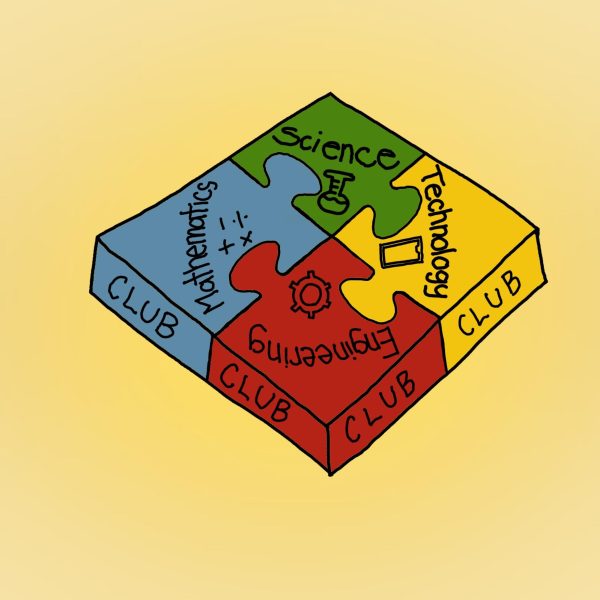

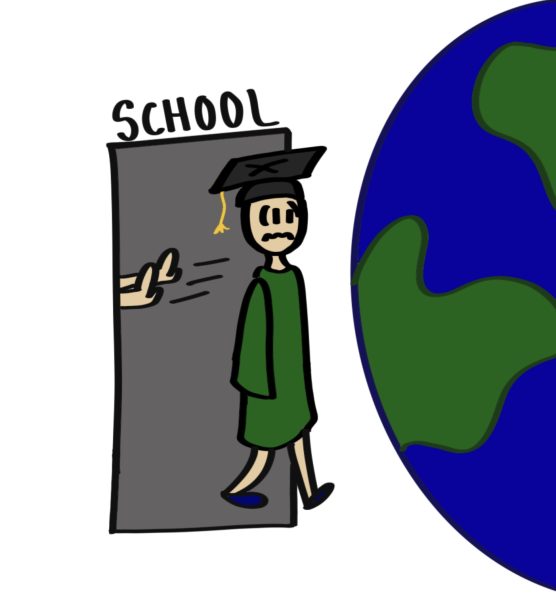
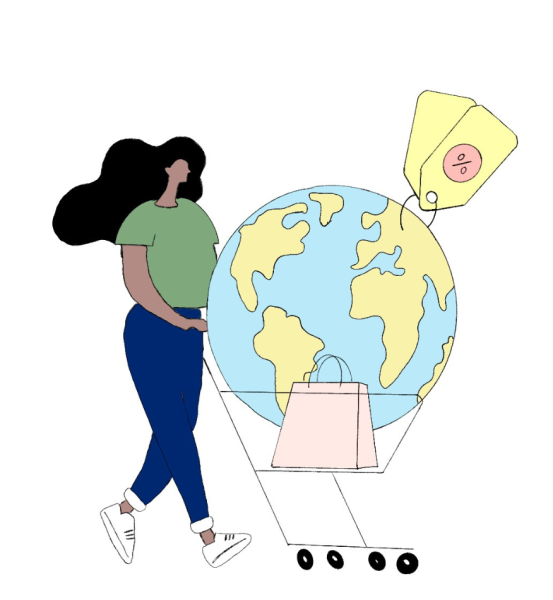

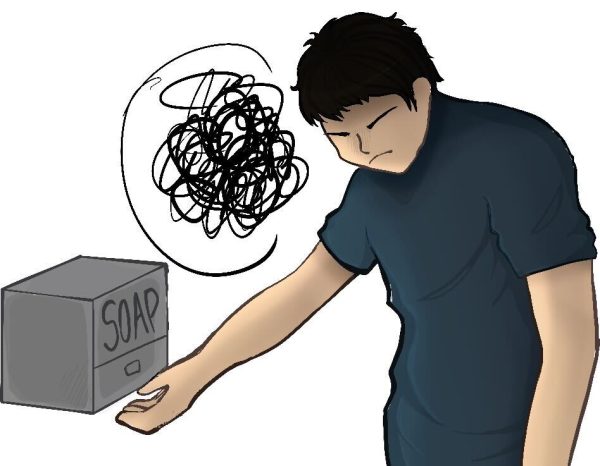
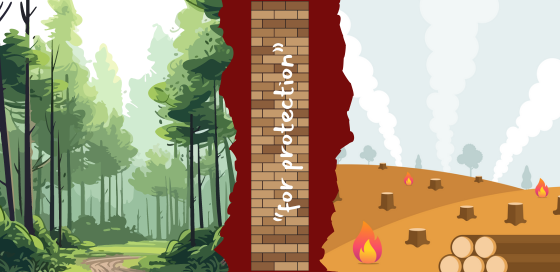
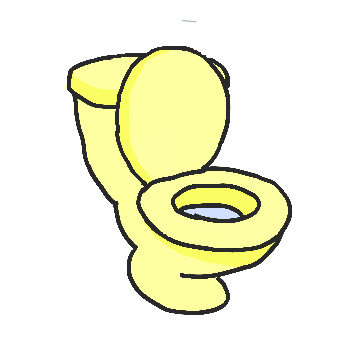
Gaithri • May 27, 2022 at 5:59 pm
Nice and worthy read article. Have you heard that soil health is deteriorating? UN FAO says, every 5 seconds, the equivalent of one soccer field is lost due to soil erosion. Learn more at savesoil.org. To spread the message amongst High Schoolers, the newsletter would be a source.
https://news.un.org/en/story/2019/12/1052831